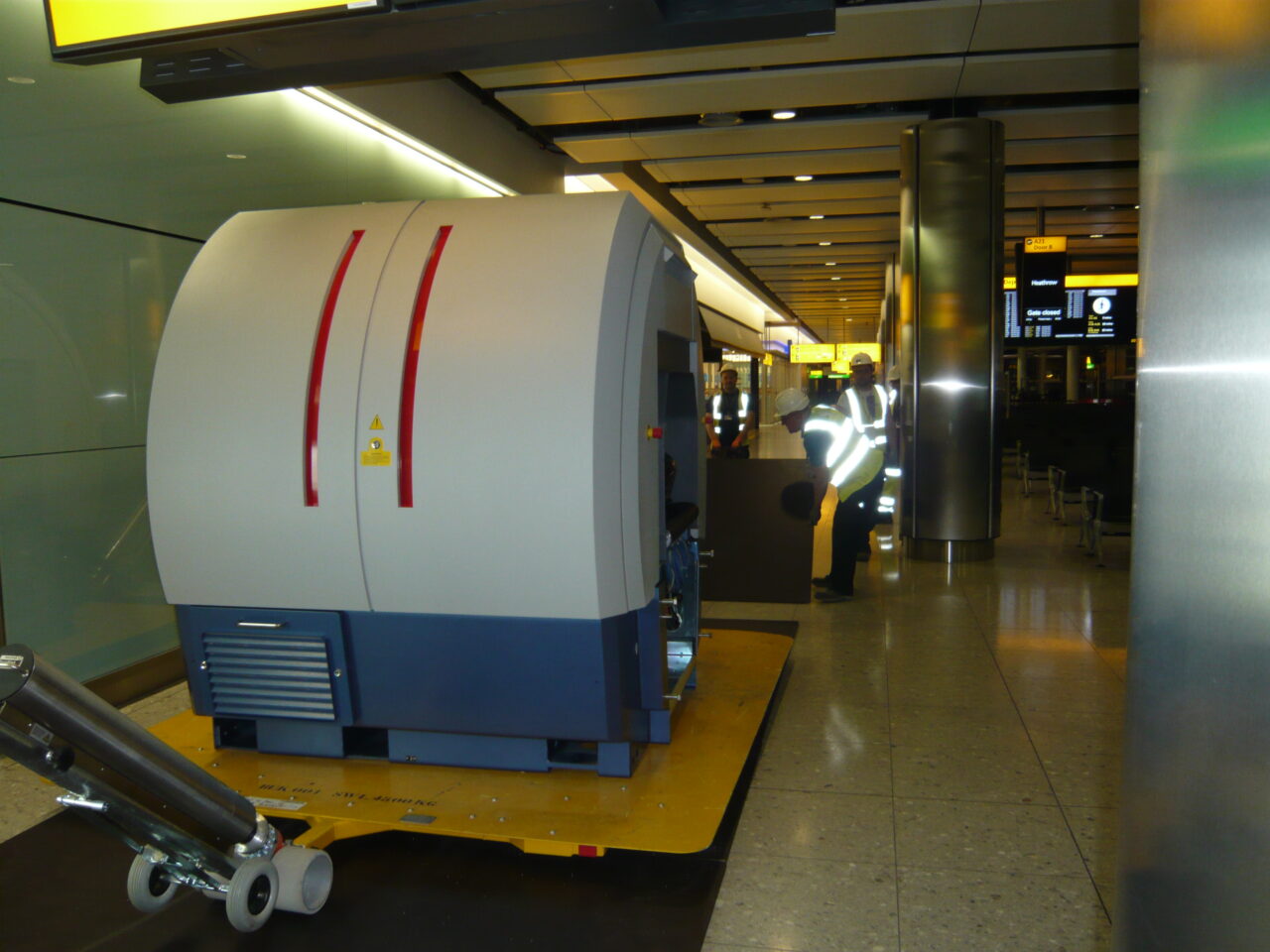The task at hand
At some point, airports have the need to replace, upgrade or improve their BHS. These complex and multi-million dollar projects could be greenfield projects, but more often than not, BHS replacements are brownfield projects. This means that the existing BHS must continue to be in operation during the replacement or upgrade, at least in part.
The scope of such a BHS project can be the replacement of an existing multi-vendor system with one harmonious BHS technology that offers a uniform operation and maintenance setup and just one supplier contact. Or they can involve multiple suppliers. Whatever form the transformation takes, they are complicated projects.
The blueprint to success: What’s needed?
So what are the keys to successfully implementing a new BHS with minimal interruptions or compromises to the daily operations of the existing system?
Certainly, operating a BHS while contractors demolish and rebuild the baggage system is a risk and requires extreme caution. However, project managers overseeing a BHS replacement can help mitigate the risk by being aware of the following.
The need for comprehensive coordination
Maintaining the airport’s baggage handling operations with minimal disturbance during a replacement project calls for a high level of coordination between every stakeholder – the system architect, the BHS consultant, the building contractor and the BHS supplier and integrator.
It’s important, therefore that the project manager accurately identifies all stakeholders and constantly coordinates their roles and potential impacts on the project. The BHS supplier is often a very valuable integrator who can take on the overall responsibility to ensure the replacement impact is as close to zero as attainable.
Comprehensive and effective coordination, however, also demands that all stakeholders are dynamic and flexible in their responses and roles.
The need for meticulous planning
The project manager must meticulously plan all phases of the replacement project to minimise the impact on daily operations.
The project manager must inform the parties of schedules and activities at all times. This is especially important for the airport operations team who need to be given as much advance notice as possible to allow time to adjust their flight and baggage production planning.
The need to have buy-in from the airlines
Importantly, airlines have to accept that there will be temporary changes to the baggage handling service at the airport before the new BHS is in operation. It is crucial that the project manager therefore convinces the airlines to tolerate the short-term disruptions in favour of the long-term benefits of the new system.
Our recommendations for a successful implementation
In practice, the project manager needs to perform a large amount of engineering planning to control the phases in which the existing system is demolished. There must also be an interim solution that works well enough to secure the baggage handling operation.
For those purposes, we make some recommendations for project managers of BHS replacement projects.
1. Take control and plan early
Divide the project into large and small phases. This will ensure you have full control of the rebuild process – and has proven to work at many airports. Make sure to inform all airport customers about the change and what you plan to do.
Once you’ve identified all the stakeholders, start planning as far in advance as possible. Involve airport and baggage operations at an early stage in order to plan each phase of the replacement in detail.
Be realistic about timeframes, especially in the demolition and rebuild phases – they require vigilant planning.
2. Have a qualified system integrator on board
Be aware that this type of project delivery can only be achieved with a highly qualified team and the right level of expertise. Your BHS supplier and integrator can bring the experience and lessons learned from previous projects to ensure a minimal impact on daily airport operations.
It can also provide the prerequisite training and information to understand the progress of the replacement project and how the BHS layout looks at each phase. As the system layout changes gradually during the replacement, it will look different to the operations team from one week to the next. The system supplier can train the operational staff during each phase of the project.
From the airport end, however, this does also require a certain level of flexibility, continued trust and full collaboration if the routine timely handling of the baggage is to continue.




